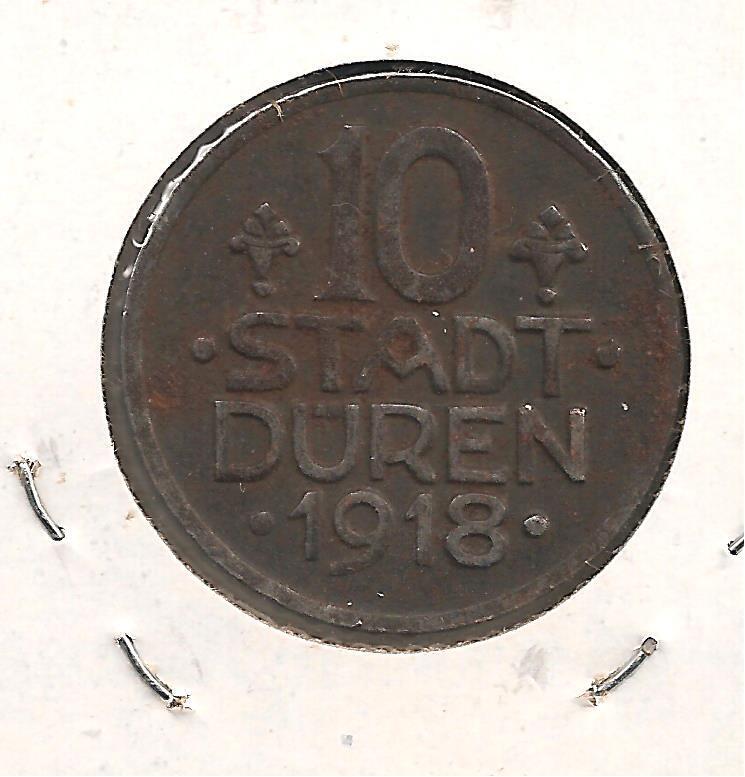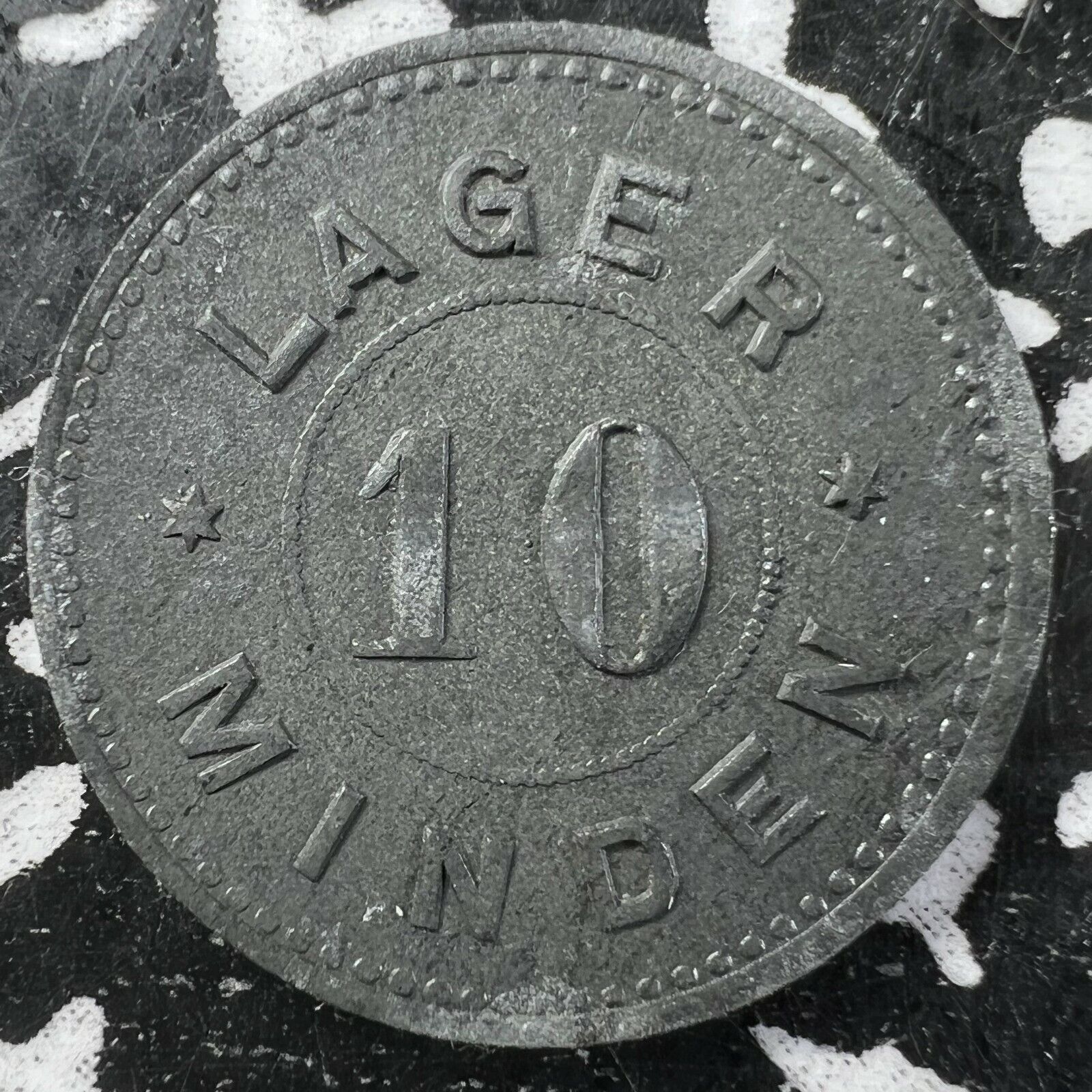-40%
1918 10p Token Düren North Rhine-Westphalia Germany between Aachen & Cologne WWI
$ 1.57
- Description
- Size Guide
Description
PLEASE, ONLY BIDDERS WITH A US-BASED MAILING ADDRESS.Terms
1) I will only sell to people who have a US mailing address. If eBay shows that you are outside I will have to cancel your bids. Sorry.
2) Due to eBay's invoicing policies, a maximum of 20 items can be put on an invoice.
3) Please wait for me to send an invoice before you pay. I send all items insured or at least with a tracking number. The cost of this is included in the total s/h cost of listed in the ordering information.
4) Wins from the same day will be combined for combined s/h savings, but not for auctions over more than one week. Thanks!
5) I combine postage, so multiple items will be sent together for the higher of the shipping prices quoted. (For example, if you win a banknote with a .50 stated s/h rate and a heavier coin set with a .50 quoted s/h rate, they will be sent together and your total s/h would be .50.
6) I will combine the first 4 wins (lots) at the highest quoted price. After 4 wins I will charge an extra 25 cents per item sent at the same time, in addition to the base s/h.
7) Books will likely be sent media rate and may have to be sent separately from non-book items. Ask if you have questions on shipping.
This is a historic German token.
1918 iron 10 pf
kriegsgeld
from
Düren
, Germany. Helmeted soldier on front.
Condition: Lightly used.
Scan is of item for sale. Don't miss out!
Düren is a town in North Rhine-Westphalia, Germany, between Aachen and Cologne on the river Rur.
By 1900, Düren was among Germany's richest cities (with 42 millionaires and 93 factories) and had a population of 27,168. By comparison, fewer than 5,000 people had lived in Düren a century earlier.
What is notgeld? What is kriegsgeld? What’s the difference?
Short answer: Both are types of emergency money issued by Germany from World War I through the early 1920s. Kriegsgeld (war money) is a subset of notgeld (emergency money) which was issued during wartime.
World War I had profound effects on the money supply in Europe, and these didn’t all go away when the armistice was signed in late 1918. The German Empire mostly paid for the war through borrowing, in hope that if victorious, it might be able to extract large reparations from the defeated powers to help pay off its wartime debts. A similar plan had worked at the end of the Franco-Prussian War (1870-71), in which Germany successfully demanded a 5 billion franc indemnity, so this was not an unreasonable hope for Germany in WWI. As the war dragged on, especially with the late entry of the United States on the side of the Allied Powers against Germany, the outlook for a decisive victory for Germany became bleak. Even the treaty of Brest-Litovsk after the Russian Revolution, which gave up huge amounts of territory to Germany and freed up manpower to move to the Western Front, came too late to turn things around.
Wartime inflation made silver money scarce in Germany. War leads to huge increases in the demand for goods and labor, which is inherently inflationary. Germany had been on a gold standard since 1873, but most subsidiary coinage was made of silver. Germany suspended the convertibility of marks into gold in July, 1914. This suspension was imagined to be a temporary measure, which would not require leaving the gold standard, while freeing up money for wartime expenses. With gold unavailable, the price of silver shot up, driving most of the silver coinage out of circulation due to Gresham’s Law.
With little to no small change available, many cities and regions were compelled to issue their own local emergency money, called notgeld (emergency money) or kriegsnotgeld (wartime emergency money). By the way, notgeld is a false cognate in English. The not- prefix means “emergency” in German, not the English “not.” Copper is an important metal for wartime production, so much of the German notgeld was made of iron or zinc. Zinc especially tends to corrode badly over time, so even zinc coins which did not circulate for long are very difficult to find in mint condition. Notgeld was also made from more exotic materials, such as porcelain, compressed coal dust, and even cardboard.
I have a number of other beautiful postal items, financial documents, banknotes and stock and bond certificates, as well as other historic items currently listed on eBay, so please see my other auctions.










